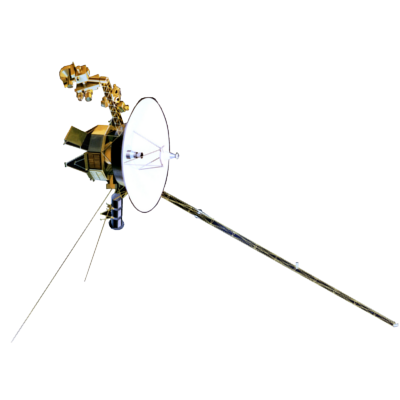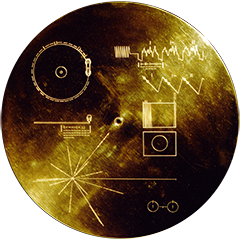Voyager LECP Data Analysis Handbook
Instrument Modeling Reports
by Sheela Shodhan
Chapter 1. Introduction
The Low Energy Charged Particle (LECP) experiment on board Voyagers 1 and 2 utilizes two detector subsystems [2], each of which is optimized for a particular energy/intensity range and/or group of particle species. These are:
- (1)
-
- Low Energy Particle Telescope (LEPT) and
In this thesis, we report on the modelling of the performance of Beta and Gamma detectors which are employed to count the low energy electrons in the LEMPA sensor subsystem.
The low and medium energy electrons are deflected into the Beta and Gamma detectors via two tilted sintered Cobalt-Samarium rare earth magnets. In addition to detecting electrons in the Beta and Gamma detectors, this system of magnets protects the a detector from direct electron impact and allows the counting of low energy ions. Due to this magnetic field, the particles entering the sensor subsystem experience the Lorentz force which governs their motion and which in c.g.s. units is described by the equation:
M dV/dt = q/c V×B
However, not all particles entering the sensor subsystem are counted by the detectors. In their journey inside the sensor subsystem, some of them are lost due to collisions with the surfaces of the sensor subsystem and only those particles with particular energies and trajectories are successful in being counted by the detectors.
The task here is to calculate the expected responses of these detectors for different incident electron energies.
This is achieved by developing:
- (1)
- a numerical model of the magnetic field produced by the tilted magnets,
- (2)
- a numerical model of the sensor subsystem geometry and
- (3)
- a set of numerical procedures to follow particle trajectories and identify the impact on surfaces.
Chapter 2 gives an overview of the Voyager mission, its objectives and the instrumentation for LEMPA. Chapter 3 describes the modelled magnetic field produced by the two tilted magnets, while chapter 4 describes the modelled LEMPA sensor subsystem. Finally, the calculations and the results are presented in chapter 5.
Return to thesis table of contents.
Return to Voyager
LECP Data Analysis Handbook Table of Contents.
Return to Fundamental
Technologies Home Page.
Updated 8/9/19, Cameron Crane
VOYAGER 1 ELAPSED TIME
*Since official launch
September 5, 1977, 12:56:00:00 UTC
VOYAGER 2 ELAPSED TIME
*Since official launch
August 20, 1977, 14:29:00:00 UTC
QUICK FACTS
Mission Duration: 40+ years have elapsed for both Voyager 1 and Voyager 2 (both are ongoing).
Destination: Their original destinations were Saturn and Jupiter. Their current destination is interstellar space.



